When your Rheem AC fails to blow cool enough air on a scorching summer afternoon, it is no fun. If you wonder why your Rheem AC is not cooling, you are not alone. We've checked with the experts to help diagnose this problem, and these are our findings.
Your Rheem AC may fail to cool due to the following:
- Clogged air filters
- Dirty coils
- Damaged compressor
- Faulty thermostat
- Defective control board
Keep reading as we elaborate on why your Rheem AC is not cooling. We will also address how you can diagnose the unit and offer a step-by-step guide to reset a Rheem air conditioner.
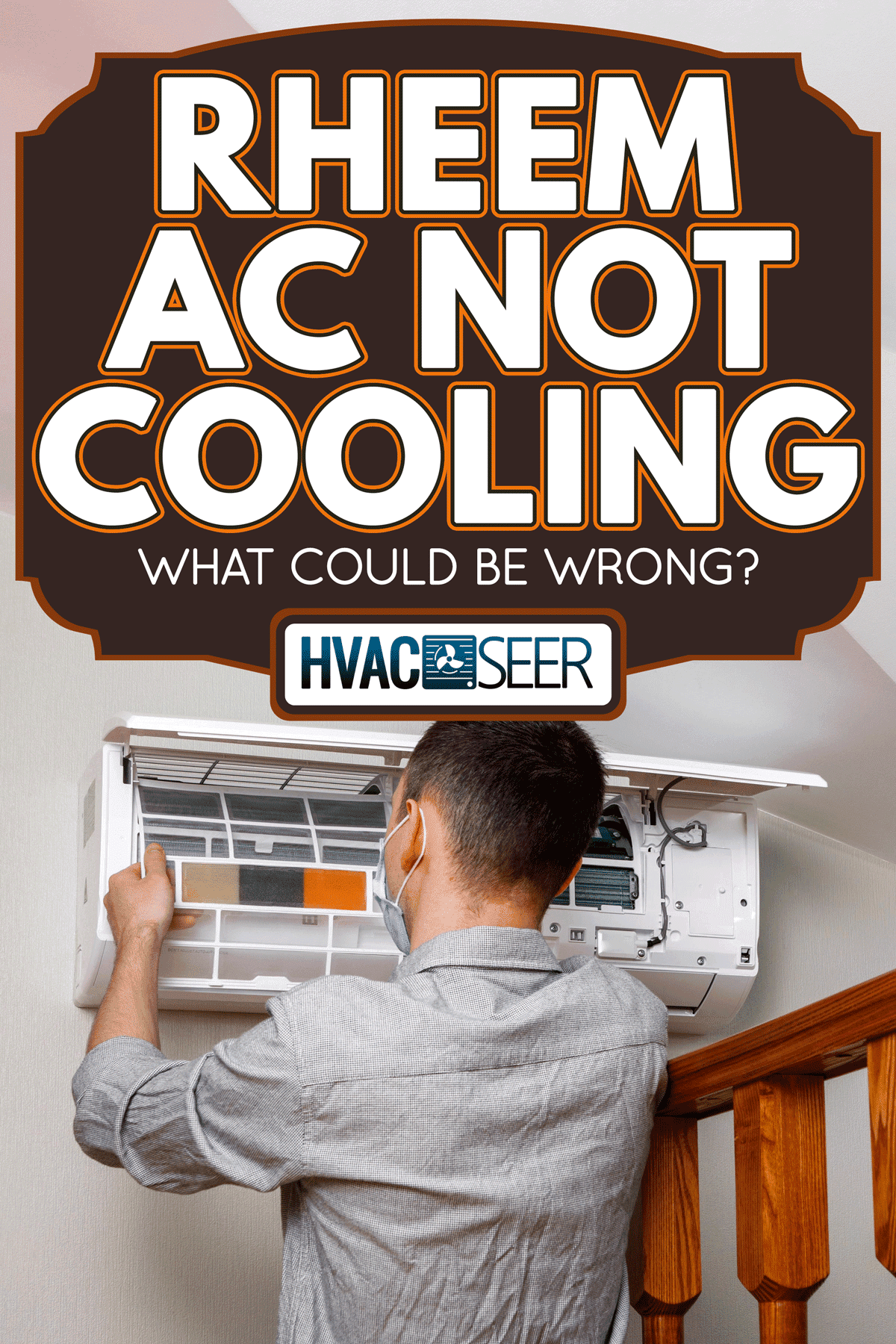
Why will my Rheem air conditioner not cool?
Air conditioning is becoming more critical as global temperatures soar and extreme heat events increase.
High heat isn't just a question of comfort. Research has proven that prolonged exposure to extreme heat and high temperatures can result in severe health conditions such as heat cramps, heatstroke, heat exhaustion, and even death.
Although your Rheem AC is reliable in that it helps you create a comfortable living and working environment, it may from time to time fail to cool. The ineffectiveness may result from the unit's poor maintenance or wear and tear that may cause some parts to become defective.
Clogged air filters
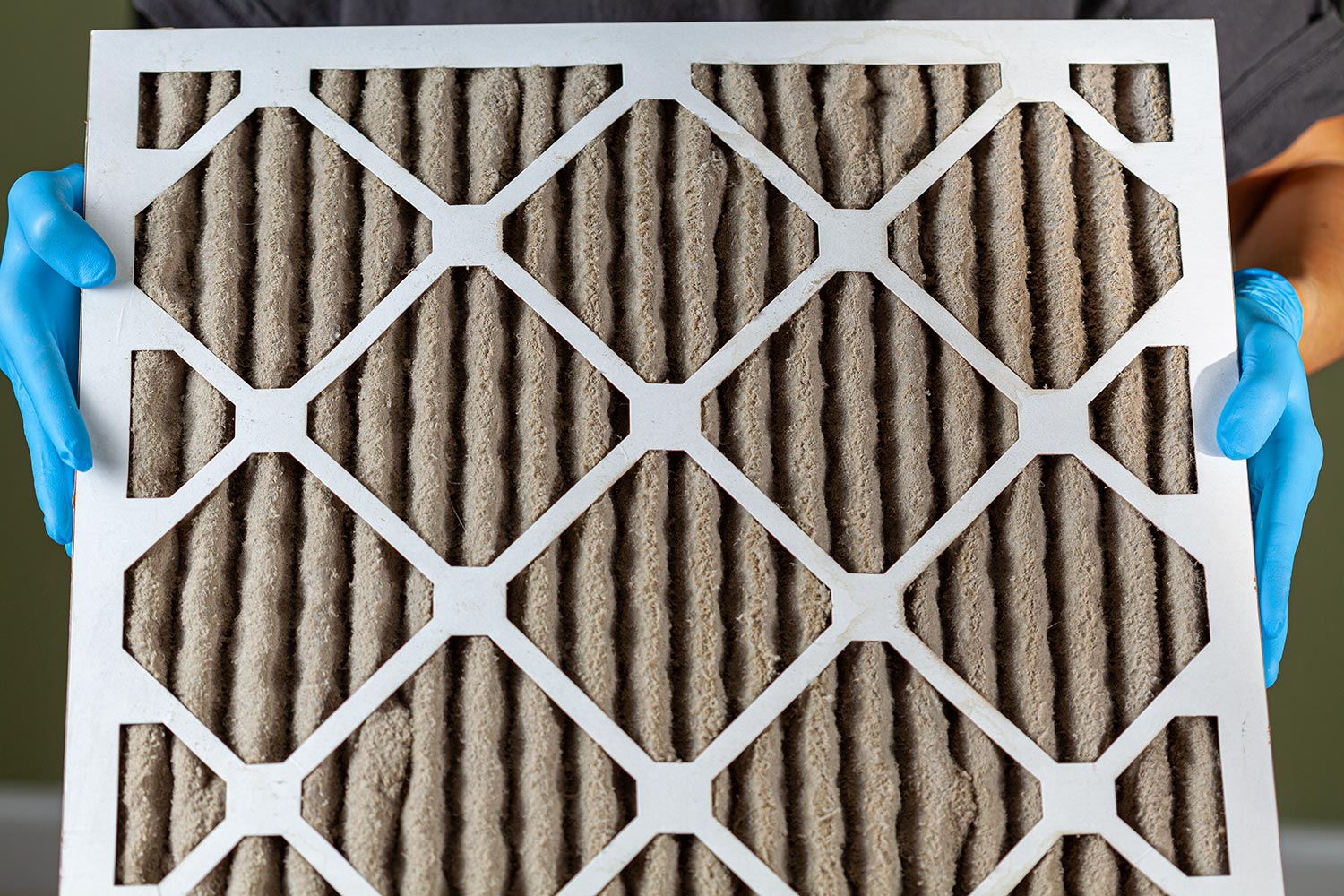
Filters trap dust, dirt, and other air contaminants, keeping the interior AC parts cleaner and purifying the cold air released into the room. When you fail to clean or change the filters regularly, dirt can gather, interfering with airflow. As a result, your AC will fail to cool your home.
Dirty coils
A Rheem air conditioner has both evaporator coils and condenser coils. The coils contain a refrigerant that absorbs and releases heat at various points in the AC when in different states of matter.
While in the evaporator coils, the coolant absorbs heat from indoor air, raising its temperature to a hot liquid. The hot fluid then flows from the evaporator coils to the condenser coils via the compressor. The refrigerant reaches the condenser coils as gas and releases the absorbed heat outdoors.
When the coils are dirty, they do not efficiently absorb or dissipate heat outdoors. This inefficiency causes your air conditioner not to cool.
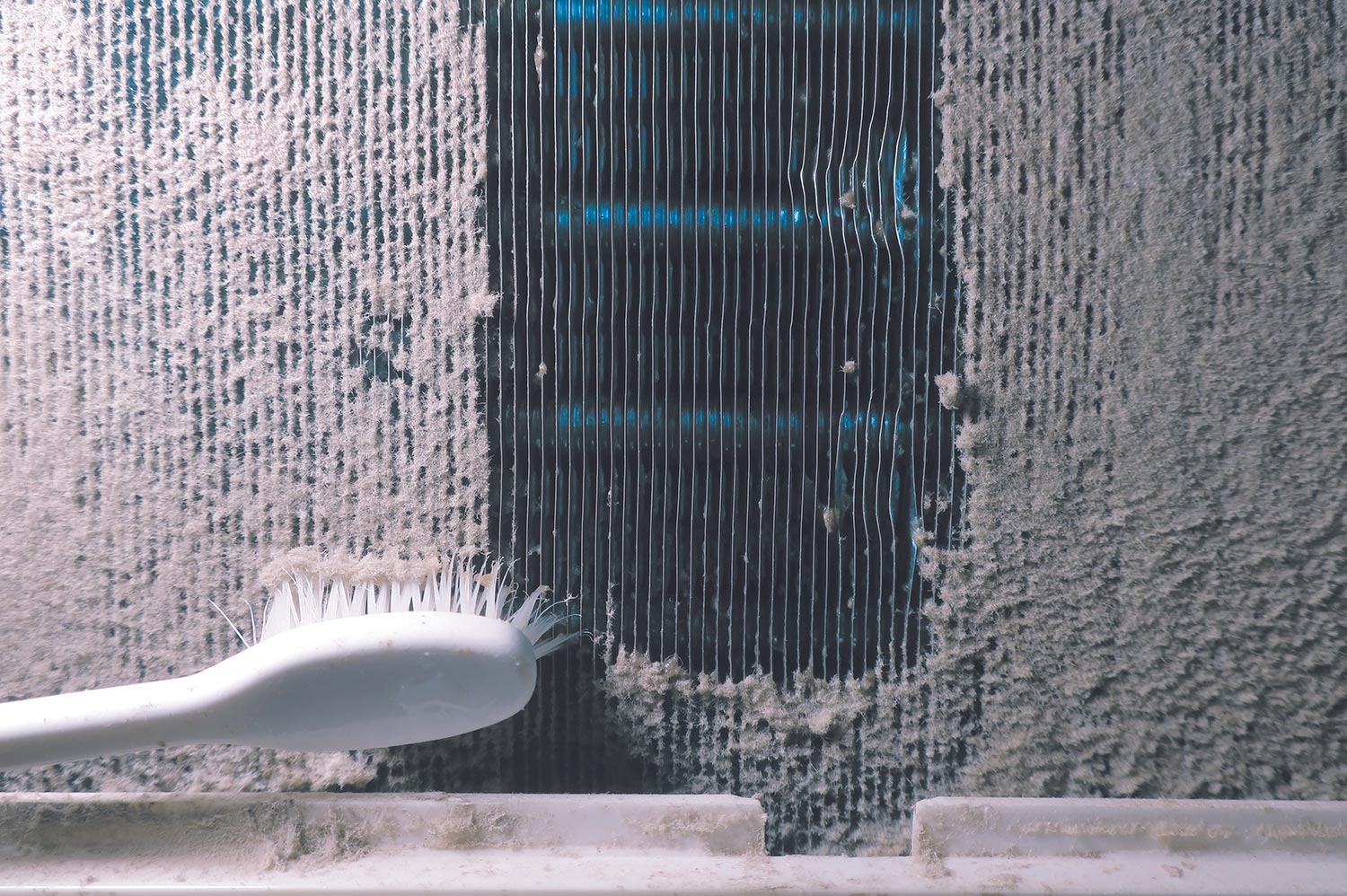
Damaged compressor
The compressor pumps and applies pressure to the hot liquid refrigerant to move it through the AC. Increased pressure makes the coolant turn into a gas. The refrigerant can then release heat outside when its temperature rises above the outdoor temperatures.
When the compressor is faulty, it will not apply enough pressure to the coolant, thus retaining it in a liquid state. The compressor may also fail to pump the refrigerant to the condenser, where heat is released. As a result, your AC may not cool.
Faulty thermostat
The thermostat tracks temperature changes and triggers a switch to power the fan and compressor if temperatures rise above pre-determined levels. If the thermostat is defective, it will not detect temperature changes accurately, causing your AC not to cool.
Defective control board
The control board modulates the voltage to the fan motor and the control board. Some AC components may fail to function optimally or break down completely when it is defective. Thus, your AC fails to cool.
How to troubleshoot a Rheem Air Conditioner that is not cooling
The Rheem AC requires regular maintenance for it to function optimally. When the unit is not serviced frequently, it can malfunction. If you keep lowering the thermostat's temperature settings, but the air conditioner does not blow cold enough air, resolve the issue by doing the following.
Check the air filters
It is recommended that you change your AC filters regularly to enhance air circulation. If you suspect dirty air filters are the root cause for your AC not cooling, check whether the back of your AC unit is scorching. You may also notice warm air coming from the back of the appliance.
Allergy attacks may spike when the filters are dirty. Because filters become less effective in trapping dust and other pollutants when they are dirty, respiratory infections may rise as the contaminants are circulated in the indoor air.
Check for dust on surfaces or furniture around the vents to determine whether the AC filters are dirty. A better way to do this would be by hanging a white sheet at least 5 inches from one of the AC vents for one hour. If dust gathers on the white sheet, changing your filters may be long overdue.
If you need to change the filters, ensure that you buy those compatible with your unit. The user manual can guide you in picking the right fit. On the other hand, if your appliance has re-usable filters, wash them, leave them to dry, and then re-install them only after they dry completely.
Inspect the coils
The evaporator coils are fitted in the AC's indoor unit, whereas condenser coils are located in the outdoor unit. You can use the manufacturer's guide to find the coils and check whether they are dirty. Check for frost build-up along the refrigerant line, as this would imply that the coils are dirty.
You can also check how long it takes to cool your home. When the coils are dirty, the unit may run longer cycles to achieve the same level of cooling.
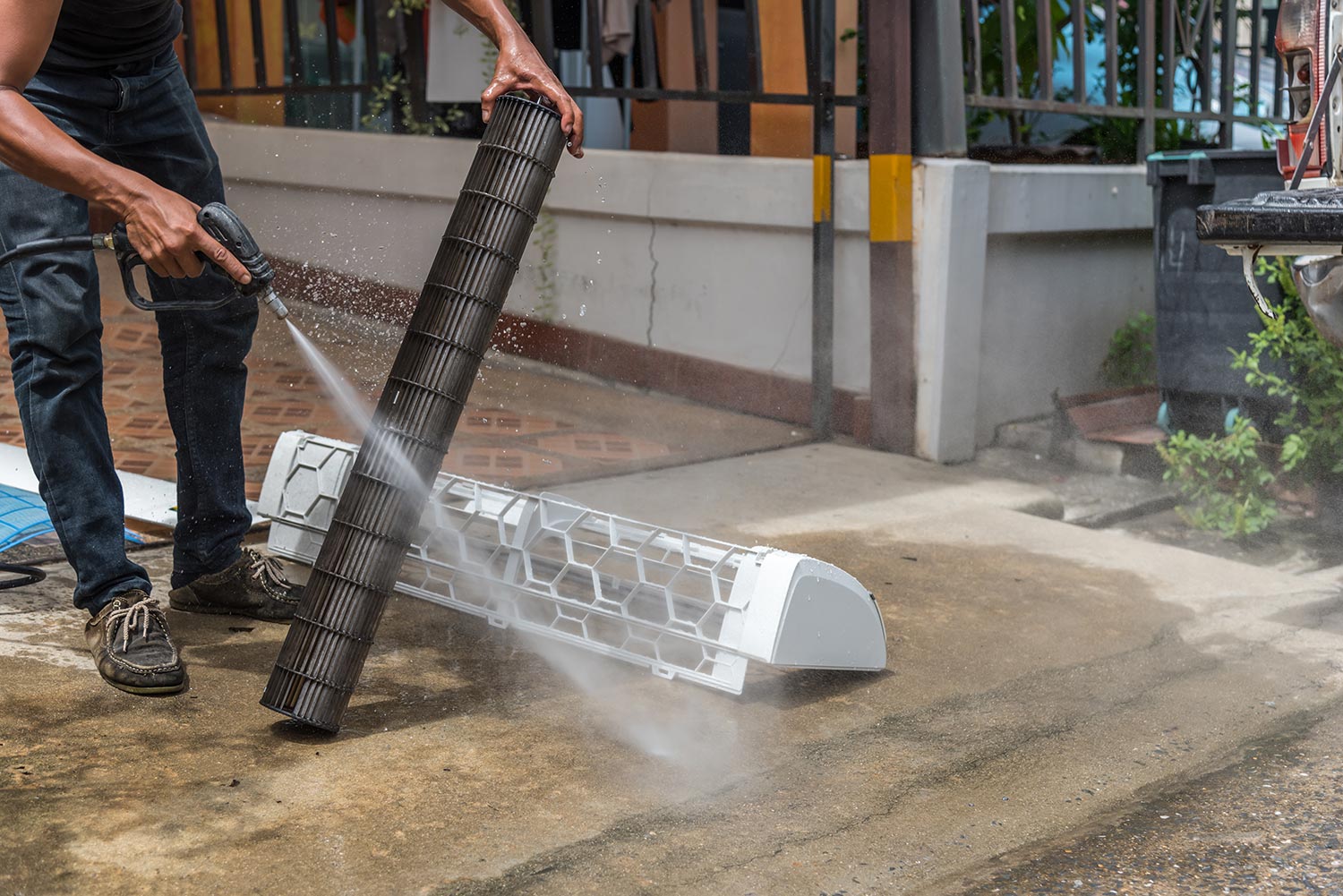
If dirty coils are why your AC is not cooling, it would be best if you scheduled maintenance. Since the coils are very delicate, an HVAC technician is better suited to clean them without creating costly damage to your AC.
Cleaning the coils during annual maintenance keeps them in good working condition. It also helps you effectively utilize your AC by reducing downtime. Not only that, but it also helps keep your energy bills within reasonable limits.
Probe the compressor
Compressors often fail due to loss of lubrication. The refrigerant and oil circulate together. For this reason, if there is a leak in the AC system, both the refrigerant and oil can escape. When the oil escapes, friction increases between the compressor parts, eventually causing the compressor to malfunction.
Restrictions in the AC system, such as blockage in the expansion valve or orifice tube, can also deprive the compressor of the much-needed oil. Without lubrication, the compressor may eventually run dry and seize.
Listen for metallic or bearing noises when your AC is running, as these are possible indicators that your unit's compressor is about to fail. If the compressor is making excessive noise or is not working optimally, it may have to be replaced.
You can also test for oil and refrigerant leaks using dye or an electronic leak detector. Repair leaks as soon as possible to avoid causing irreparable damage to your unit. You may eventually need to ask a licensed technician to replace the compressor when this is not done.
Before replacing the compressor, it is wise to rule out other reasons why your AC is not cooling, such as low refrigerant charge, overloaded protector, or faulty compressor capacitor.
Inspect the thermostat
When the thermostat is faulty, the displays do not change when you press buttons. Also, your HVAC system may fail to start when you adjust temperature settings. Your system may also cycle frequently or fail to stop when comfortable temperatures are achieved.
If you suspect that the thermostat is defective, you need not worry since replacing it is cheaper than buying a new HVAC system. When purchasing a new one, carefully pick a model compatible with your HVAC system. It is important to note that thermostats are not one size fits all.
You can make the most out of shopping for a new thermostat by upgrading it and investing in a model that offers both comfort and control.
Call an HVAC expert
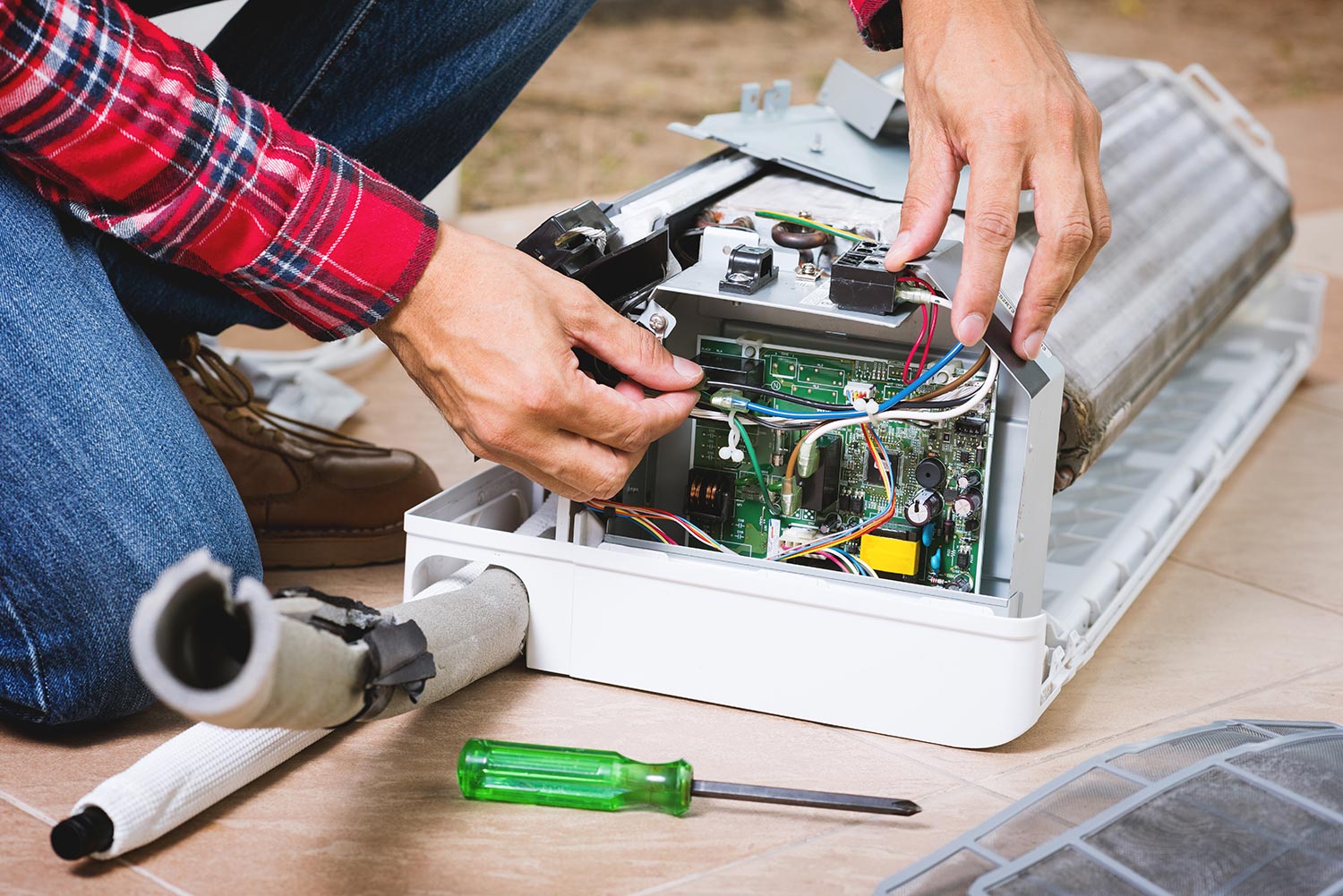
Some tasks, such as diagnosing the control board, are best left to technical experts as they are often misdiagnosed. Scheduling a meeting with a certified technician will help you get your air conditioner running efficiently in a short time.
How to Reset a Rheem Air Conditioner after power loss
Your Rheem air conditioner may fail to come on immediately when power is restored after a blackout. This is because the AC has several protective measures to protect it from damage in case of a power surge.
The pressure switch in a Rheem AC shuts off the compressor when the refrigerant's pressure gets too high. Reset the unit by following these steps.
Step-by-step guide
- Raise the thermostat temperature settings to 80 °F to bar the unit from turning on as you reset the compressor
- Locate the reset button near the copper lines at the bottom of the case. You can refer to the user manual as a guide
- Push the reset button once with your finger
- Set the thermostat to the desired temperature
In Closing
There are various reasons why your Rheem air conditioner may not be cooling. However, your AC's failure to cool does not mean you need to dispose of it and buy a new one. We hope that this article gives you a starting point in detecting what could be the issue and how you can resolve that.
It is also important to schedule annual maintenance to eliminate some of the potential causes of why your AC is not cooling properly.
If the issue persists, talk to a certified professional who will diagnose and repair your unit, restoring its optimal functionality. However, if this does not help, it may be time to replace the unit.
To learn more about your Rheem AC, be sure to check out these great articles:
How Long Does A Rheem Air Conditioner Last?
Rheem Vs. Ruud: Are They The Same?
